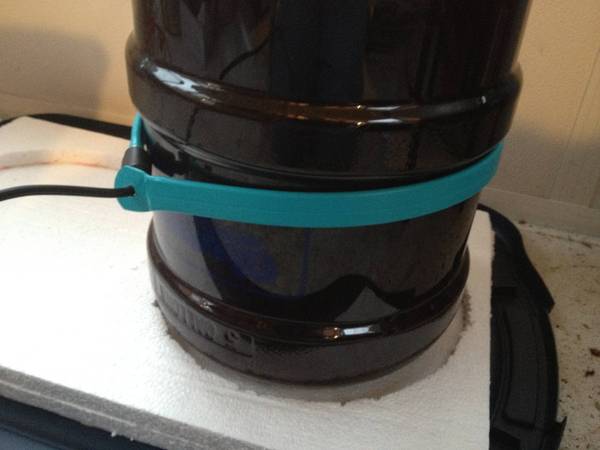Thing is, you can measure the temp inside the fermenter, but the beer is not going to react quickly to the temperature change in the chamber, therefore you'll get WIDE swings in chamber temp because the probe hasn't felt it yet.
Likewise, hanging the probe out in the air will make the controller turn the heat/cool on all the time since it's going to feel the difference in the temp much sooner than the beer.
I have mine hanging out, but I cycle my small heater much more often than I'd like the fridge compressor to run. If I used a fridge for cooling, then I'd insulate a bit, and make sure to set the offset on the controller for like 5-10 minutes to prevent the compressor from turning on and off.
It's really only important when first getting going, and once the fridge and fermenter are stable, they won't run all that much.
Some folks have monitors to they can see the temp change in the chamber, in the beer, and note when the compressor cycles.



